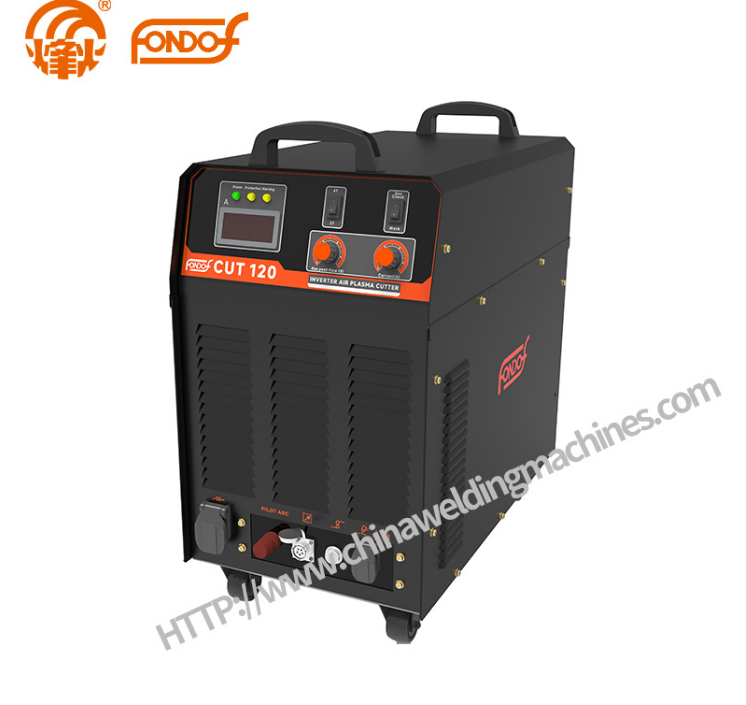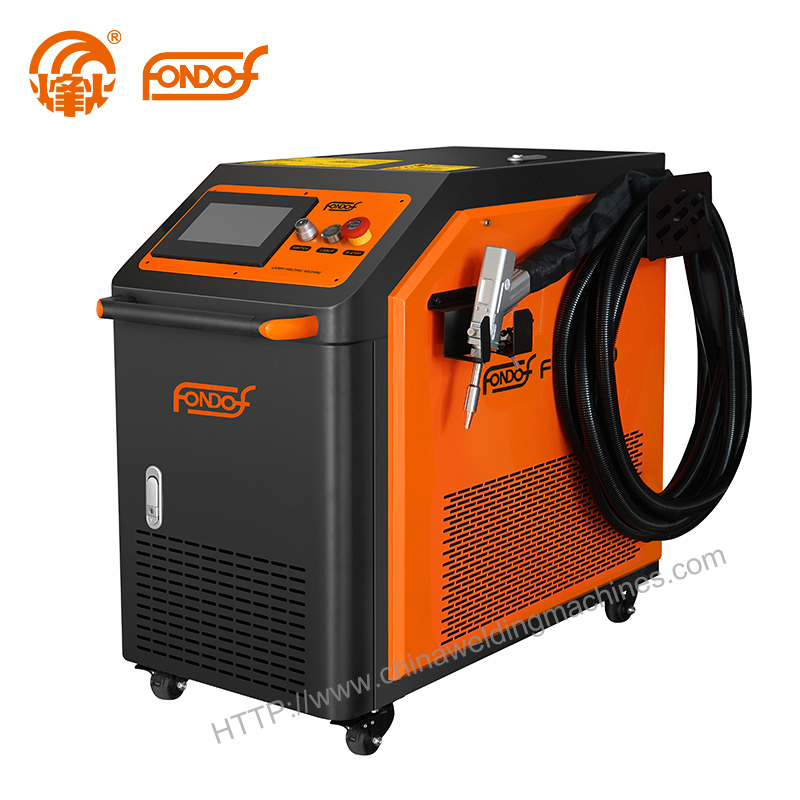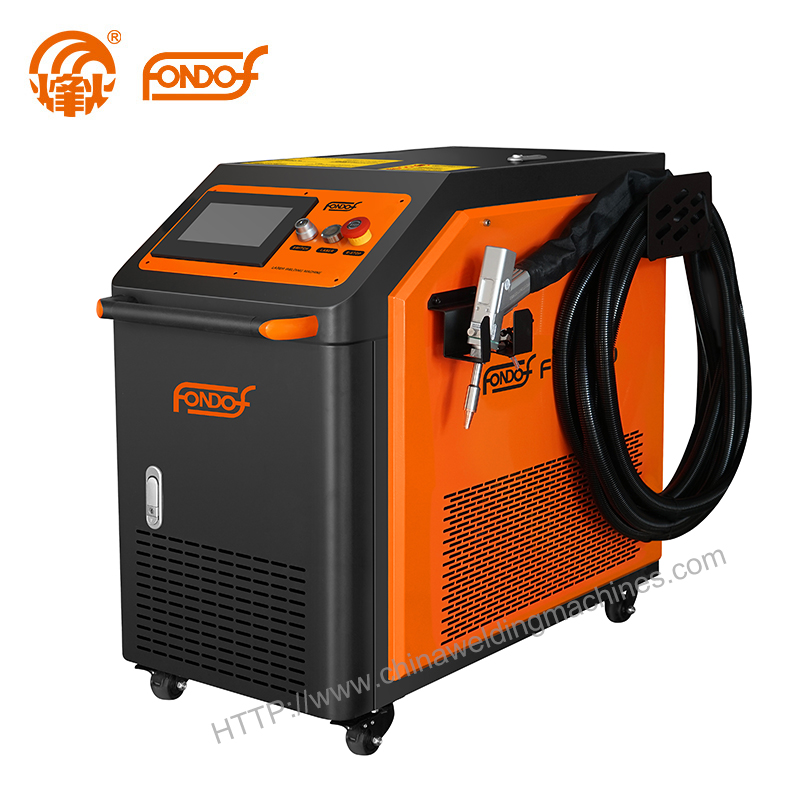How to Select Your Plasma Cutter Air Compressor
 May. 22, 2023
May. 22, 2023
Air supply requirements for plasma cutting systems (air compressor for plasma cutter)
Plasma is a superheated, ionized gas. In a plasma cutting machine air compressor system, you can think of it as a lightning bolt in a tornado.
The current (lightning bolt) contains a lot of heat energy. The gas (tornado) ionizes, controls the arc and blows away the molten material. For a plasma cutting system to perform optimally, the gas supply must be clean, dry and properly regulated. When using bottled gas, these factors are relatively easy to control. Since most modern plasma cutting systems rely on shop air for most of the cutting process, it introduces more variables into the equation. Often, when the air supply is not ideal, this can lead to compromised performance and wear part life.
Here, we will discuss the three factors that have the greatest impact on the performance of a plasma cutting system and how to ensure that the tornado can keep up with the lightning.
Before we can discuss what a plasma cutter needs to breathe, we need to understand the design and operation of an air compressor.

ABOUT PLASMA CUTTER AIR COMPRESSORS
A typical air compressor consists of an electric compressor and a storage tank. Tank sizes are expressed in gallons or liters. Portable systems have tanks as small as 1 gallon and stationary systems have tanks of 100 gallons or larger.
Flow capacity is a product of output pressure and tank size. The higher the output pressure setting, the lower the flow capacity. It is important that you are confident that your compressor can meet the flow rate requirements of your cutting system when set to the desired output pressure.
It is highly recommended that your plasma cutter air compressor be dedicated to running a plasma cutting system. If you plan to run other pneumatic equipment at the same time, the flow requirements for all equipment must be added together. This will ensure that your compressor remains running without exceeding its duty cycle.
1. PRESSURE
Pressure is the force of compressed air delivered to the plasma cutter. Air pressure values can be expressed in pounds per square inch (psi), megapascals (MPa) or bar.
Air compressor system pressures are preset and typically range between 100 psi and 135 psi. The output pressure can be adjusted by a pressure regulator. Inlet pressures vary from system to system. For a small handheld plasma cutter running at 20-30 amps, you will only need 80 psi (5.5 bar). Large automatic plasma cutting systems in the 130 to 800 amp range may require 115 psi (8 bar) or higher.
Most commercial industrial air compressors for plasma cutters are capable of producing pressures in this range. It is important to note that the inlet pressure of the plasma cutting system will be lower than the output pressure of the air compressor, as the pressure drop between the two points may be caused by a leak or restriction such as an undersized fitting or filter.
You may need to set the compressor output pressure slightly above the inlet pressure requirement of the plasma cutter to compensate for the pressure drop. Consult the operator's manual to determine the optimum pressure for your system.
2. FLOW
Flow rate is the rate at which air is delivered from the air compressor to the plasma cutter.
Flow rate values can be expressed in cubic feet per minute (CFM or ft3/min), standard cubic feet per minute (SCFM), cubic feet per hour (CFH or ft3/h), standard cubic feet per hour (SCFH) , liters per minute (l/min) or liters per hour (l/hr). The size of the tank determines to a large extent the flow capacity of the compressed air system.
As a rule of thumb, choose a compressor with a flow rate of at least 1.5 times the consumption rate of the plasma cutter. You also need to make sure that the hose or tubing used meets the pressure rating that the system can handle, is large enough in diameter to meet the flow rate requirements, and does not corrode or cause excessive moisture to build up in the line.
Copper pipe is preferable to steel and aluminum pipe. Use 3/8" diameter hose or pipe for lines shorter than 75 feet. Pipe longer than 75 feet should be ½" diameter hose or pipe. If using flexible hose, be sure not to crush or kink the hose.
The orifice size of all fittings used should match the inside diameter of the hose or tubing. Flow rate requirements also vary from system to system. Depending on your system requirements, you will need a flow rate between 3.5 scfm (99 lpm) and 6.7 scfm (189 lpm).
3. FILTRATION
While inlet pressure and flow rate vary from system to system, the filtration requirements remain the same. On the surface, this seems to make filtration the simplest variable.
In fact, filtration is the biggest problem in many gas supply systems because it is often misunderstood. Operators believe that because they have invested in the proper filtration equipment, they are unlikely to experience filtration problems.
The design and layout of a compressed air system can have a big impact on the amount of moisture trapped in the system and its ultimate destination. Gravity can be your friend or enemy in this regard. You should use air filtration devices to remove water, oil and debris from your air supply. Place them as close to the plasma cutting system as possible.
In most cases, a regular agglomerate filter with automatic drainage will be sufficient. If cutting in a high humidity environment, consider a refrigerated air dryer.
Taking the time to make sure you have properly clean and dry air for your plasma cutting system will provide you with better cut quality, less downtime and more durable consumables. If you need help choosing the right air compressor or air system components, please contact us for professional help.



























